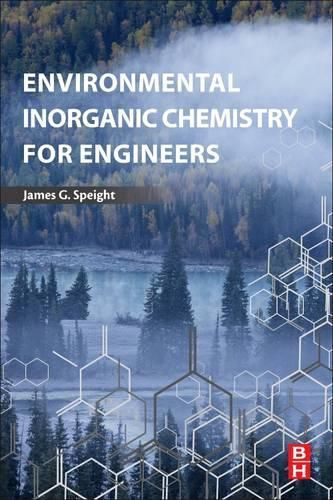Readings Newsletter
Become a Readings Member to make your shopping experience even easier.
Sign in or sign up for free!
You’re not far away from qualifying for FREE standard shipping within Australia
You’ve qualified for FREE standard shipping within Australia
The cart is loading…






Environmental Inorganic Chemistry for Engineers explains the principles of inorganic contaminant behavior, also applying these principles to explore available remediation technologies, and providing the design, operation, and advantages or disadvantages of the various remediation technologies.
Written for environmental engineers and researchers, this reference provides the tools and methods that are imperative to protect and improve the environment. The book’s three-part treatment starts with a clear and rigorous exposition of metals, including topics such as preparations, structures and bonding, reactions and properties, and complex formation and sequestering.
This coverage is followed by a self-contained section concerning complex formation, sequestering, and organometallics, including hydrides and carbonyls. Part Two, Non-Metals, provides an overview of chemical periodicity and the fundamentals of their structure and properties.
$9.00 standard shipping within Australia
FREE standard shipping within Australia for orders over $100.00
Express & International shipping calculated at checkout
Environmental Inorganic Chemistry for Engineers explains the principles of inorganic contaminant behavior, also applying these principles to explore available remediation technologies, and providing the design, operation, and advantages or disadvantages of the various remediation technologies.
Written for environmental engineers and researchers, this reference provides the tools and methods that are imperative to protect and improve the environment. The book’s three-part treatment starts with a clear and rigorous exposition of metals, including topics such as preparations, structures and bonding, reactions and properties, and complex formation and sequestering.
This coverage is followed by a self-contained section concerning complex formation, sequestering, and organometallics, including hydrides and carbonyls. Part Two, Non-Metals, provides an overview of chemical periodicity and the fundamentals of their structure and properties.